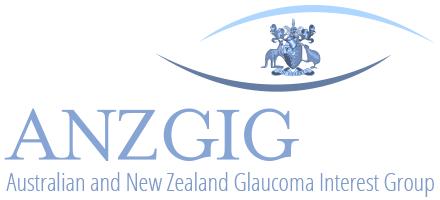CATARACT SURGERY
What is Cataract Surgery?
Types Of Intraocular Lens Implants
- Distance,
- Intermediate (computer) and
- Near (reading) vision.
Preparing For Cataract Surgery
- Have an Ocular Ultrasound test of the eye,
- Stop taking certain medications,
- Fast 8 hours before the procedure.
Procedure for Cataract Surgery
Five Stage Cataract Surgery
- The operated eye will be completely anaesthetised by an anaesthetic specialist,
- A small incision on the cornea is made to allow access and removal of the opaque lens,
- The cataract will be broken into small pieces with an ultrasound probe (phacoemulsification) and removed,
- After the cataract is removed, a foldable intraocular lens is then implanted into the eye for focusing light,
- Finally, the eye will be patched and the incision is then allowed to seal with the eye's natural mechanisms and you may return home. There are usually no stitches involved.
Post Cataract Procedure
Cataract Surgery Recovery
- You will be instructed to use eye drops for one month.
- Depending on the severity of your cataract, your vision will clear in a couple of days or may take a few weeks.
- It is essential to understand that even if visual recovery is slower, the final visual outcome will still be the same.
Risks With Cataract Surgery
- Persistent Ocular Inflammation,
- Glaucoma
- changes in eye pressure,
- Macular Oedema
- infection, or swelling of the retina at the back of the eye (cystoid macular oedema), and
- Retinal Detachment.
Treatment Process
Preparation for Surgery
- Provide a complete list of your medications so you can be advises which to stopped prior to surgery,
- Treat any tooth, gum, bladder or bowel problems before surgery to reduce the risk of infection
- Stop anti-inflammatory medications (NSAIDs) at least seven days before the procedure.
- Stop or cut down smoking to reduce your surgery risks and improve your recovery
- Consider losing weight (if overweight) before surgery
Day of Surgery
- Report any infections to me prior to surgery as the procedure cannot be performed until all infections have cleared up.
- Do not consume alcohol - 24 hours prior to treatment,
- Do not eat or drink anything, including water, for 6 hours before surgery
- Avoid vigorous physical activity or exercise 24 hours prior to surgery,
During Surgery
- Administration of general anesthesia or sedation and local anesthesia
- The entire procedure can take 60 minutes to two hours.
- Procedure is performed and sent to recovery room, for observation
- Pain medications are prescribed to help with pain during the recovery phase.
After Surgery
- Do not consume large amounts of alcohol after surgery,
- Avoid vigorous physical activity or exercise until advised,
- Follow the Post Surgery Treatment Plan proscribed by the surgeon and post op care specialists.
- Any questions or complications should be communicated directly to the surgeon







